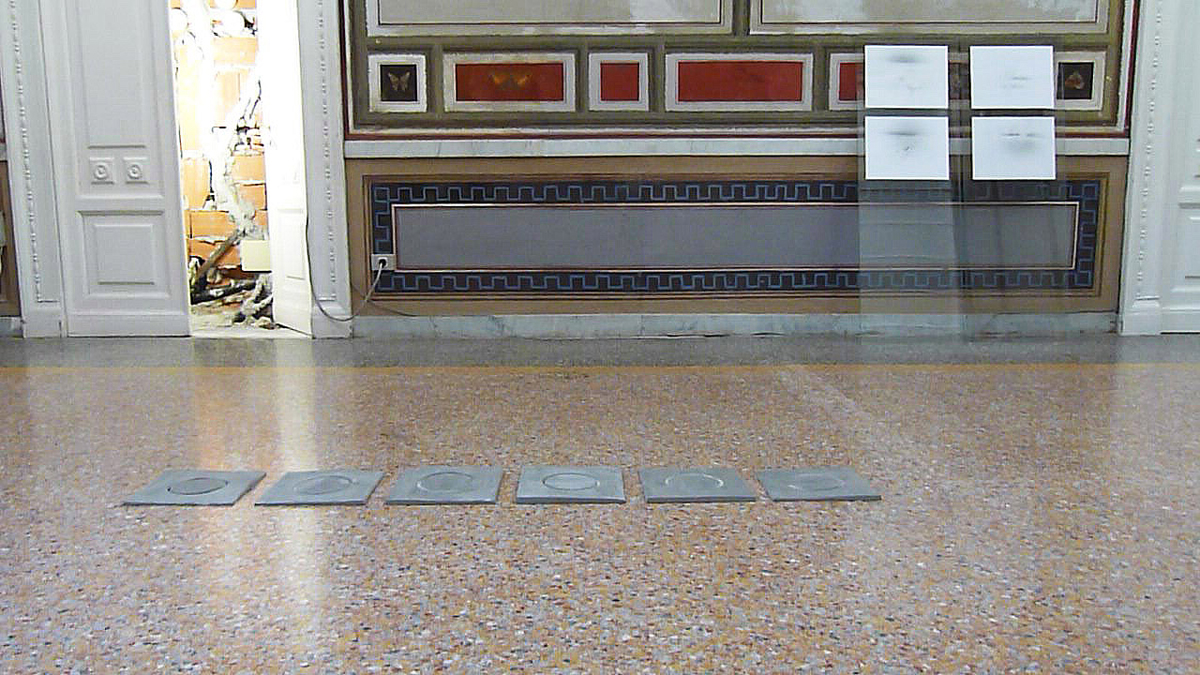Curated by Silvia Cini, Museo Villa Croce, Genova.
April 2012


Lorenzo Bruni presented the work of six artists who approached the experience of landscape both technically and conceptually. One of the questions that emerged was: what do we mean by the word “landscape?”. How is public space managed in the era of google maps and international communication? How do artists resolve the difference between their vision of the place they want to represent and the actual experience of being in that place. The various ways the young Tuscan artists approached the subject of the environment was key to understanding their different research styles. Tuscany has been contributing to the international debate concerning environmental art since the 1960s. The new role of architecture, attempts to record the landscape and to modify it have all been discussed in Tuscany.
Dario Filardo asked five artists to reflect on the theme of elsewhere, of leaving and returning, which each of them had been doing. All of the chosen artists re-visited both real and imaginary past journeys, to create their visionary pieces, continually leaving and returning to Tuscany, where they’ve chosen to live and work. One of the characteristics of their work was the way they questioned and analysed the nature of the image and the mechanisms employed for perceiving it.
All the artists displayed a new kind of conceptual and operative freedom, that wasn’t tied to a bond with the past. They chose to keep on interpreting the horizon in new ways.
Pietro Gagliano invited six artists from a widely dispersed area around Florence to describe their very different Tuscan environments.
All the artists came from an educational background based on the study and love of historic Italian art. On this occasion they were asked to think about art as a moral force, a defense, resistance to the “matta bestialitade,” one of Dante’s fundamental sins*.
* Canto XI of the Inferno (“le tre disposizion che ‘l ciel non vuole” vv 81-83) was interpreted here as dissipation of the human condition.